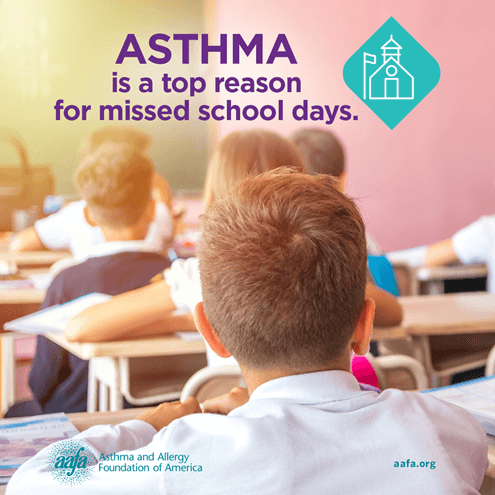September 7, 2022 | In Air Quality, District Services, Health
International Day of Clean Air
GGI wants to wish everyone a Happy International Day of Clean Air!
 The United Nations has dubbed September 7th as the International Day of Clean Air for Blue Skies, an environmental holiday to remind us of, “the importance of, and urgent need to, raise public awareness at all levels and to promote and facilitate actions to improve air quality.”
The United Nations has dubbed September 7th as the International Day of Clean Air for Blue Skies, an environmental holiday to remind us of, “the importance of, and urgent need to, raise public awareness at all levels and to promote and facilitate actions to improve air quality.”
2022 is the third annual International Day of Clean Air, and the theme is, “The Air We Share,” highlighting the need for collective accountability and collective action.
According to the UN,
“Air pollution knows no national borders and is all pervasive. Moreover, it is strongly correlated to other global crisis such as climate change, biodiversity loss, other forms of pollution, social and gender parity as well as economic development.”
Furthermore, statistics state that:
- 99% of the world’s population is now breathing polluted air
- 7 million people die each year due to air pollution
- 90% of these people live in low- and middle-income countries
 At GGI, we recognize the extreme importance clean air has on daily, overall health, and work with our districts to ensure that every student has access to high-quality indoor air that enhances health and cognitive function.
At GGI, we recognize the extreme importance clean air has on daily, overall health, and work with our districts to ensure that every student has access to high-quality indoor air that enhances health and cognitive function.
In the US, one of the leading causes of disease-related school absenteeism is asthma, affecting one in every 12 children (approximately 5.1 million children). This causes students to loose important instructional time, and get behind in classes.
Low quality of indoor air is disproportionately prevalent in low-income and minority school districts. GGI is fighting back against these statistics, and believe that all students deserve the right to clean, fresh, and healthy air in school.
 There are three areas of assessing indoor air quality:
There are three areas of assessing indoor air quality:
- Ventilation: Properly functioning HVAC system, access to fresh, outdoor air.
- Moisture: Humidity levels, building leaks, mold.
- Pollution: CO2 levels in air, pest control.
According to the CDC, schools can improve their indoor air quality by:
- Ensuring Heating, Ventilation, and Air Conditioning (HVAC) settings are maximizing ventilation. HVAC systems should be serviced and meet code requirements.
- Bring in as much outdoor air as possible. If conditions allow, opening doors and windows to bring in fresh air helps reduce the potential concentration of virus particles in the air. Be conscious of students with allergies or asthma!
- Use child-safe fans to increase the effectiveness of open windows and doors. Fans can be used to blow old air out and pull new air in through open windows and doors.
- Filter and/or clean the air in your school. Testing indoor air is the most concrete way to determine air quality!
Improving air quality and reducing asthma symptoms alone could lead to improvements in student learning, especially in environmental justice communities. With improved air quality, green schools saw a reduction of symptoms across illnesses such as colds and flu, asthma, sick building syndrome, respiratory problems, headaches, and allergies by 41%, on average.
Join GGI in celebrating International Day of Clean Air, and show us how your school provides students with the best indoor air quality! If your district is interested in prioritizing clean air strategies, check out our Resources.



